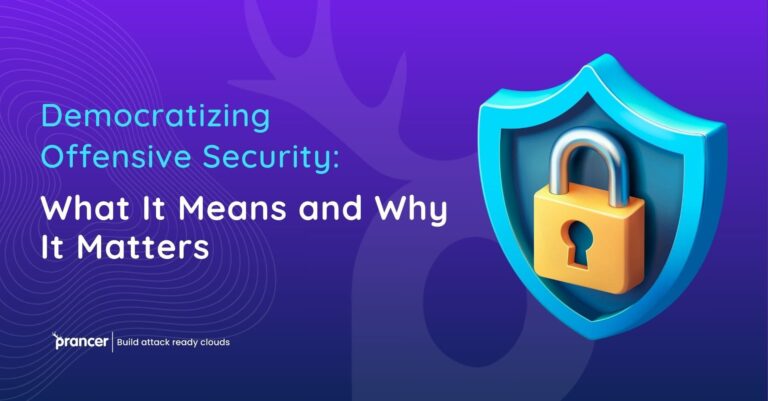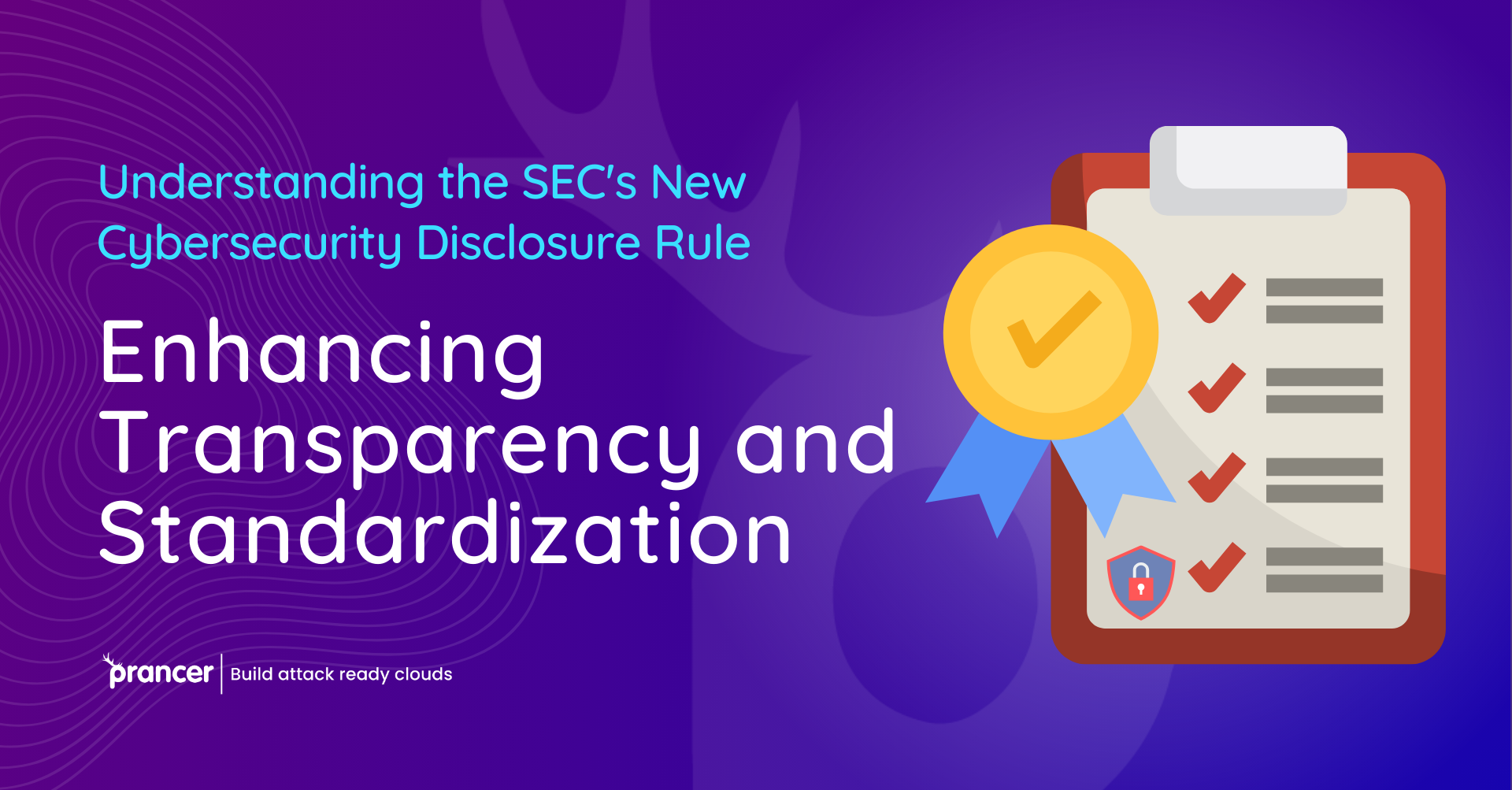

Introduction
The Securities and Exchange Commission (SEC) has recently implemented a significant cybersecurity disclosure rule, reshaping how businesses handle and report cyber risks and incidents. This blog explores the new SEC rule’s essence, its impact on businesses and investors, and the strategic implications of risk management and governance, focusing on the necessity for enhanced transparency and standardization in cybersecurity disclosures.
The SEC’s final rule, issued on July 26, 2023, mandates enhanced and standardized disclosures regarding cybersecurity risk management, strategy, governance, and incidents. This initiative responds to the escalating cybersecurity risks and their associated costs, propelled by the widespread use of digital technologies, the rise of crypto assets, and increasing profits from ransomware and data theft. The rule establishes specific requirements for:
Annual disclosures in Form 10-K related to cybersecurity risk management and strategy, management’s role in managing material risks, and the board of directors’ oversight of these risks.
The rule’s amendment to Form 8-K adds Item 1.05, “Material Cybersecurity Incidents,” requiring registrants to disclose a material cybersecurity incident within four business days after determining its materiality. This item defines a cybersecurity incident broadly, covering unauthorized occurrences jeopardizing the confidentiality, integrity, or availability of a registrant’s information systems, including third-party systems. The rule emphasizes objective assessment of materiality, considering quantitative and qualitative factors, and extends to incidents on third-party systems, without exempting registrants from disclosure obligations.
The final rule incorporates Item 106, “cybersecurity” into Regulation S-K requiring extensive disclosure on processes for analyzing, identifying, and managing material cybersecurity risks. Such activities also include integrating security controls in overall risk management systems, engaging with third parties on behalf of cybersecurity processes, as well as overseeing third-party service provider risks. The same rule also requires disclosures regarding the board’s oversight of cybersecurity threats along with management’s role in evaluating and reacting to such risks.
Item 1.05 of Form 8-K requires registrants, to provide information relating to material issues concerning a cybersecurity incident. This entails the nature, extent, timeline and material effects of a cybersecurity incident. Such information should be obtained by registrant’s promptly after registration and may require amendment of Form 8-K for additional or more accurate data.
Though this blog doesn’t offer details about Prancer’s solutions, one might suggest that companies like Prancer would be vital in assisting organizations towards meeting the new SEC conditions. This means that their devices and offers can help in revealing, handling, and reporting cybersecurity threats and incidents, thus complying with the SEC requirement of strong cybersecurity systems and open disclosures.
Conclusion
SEC’s new cyber security disclosure rule heralds a paradigm shift in corporate approach towards cyber risk management and reporting. The aim of such a rule is to ensure that companies make proper disclosures regarding the risk management, governance, and incident response they engage in for protection of investors. Therefore companies need to readjust their business approaches while adopting new guidelines which may be supported by some services or tools designed by a cyber security company such as Prancer that can help during this process.
